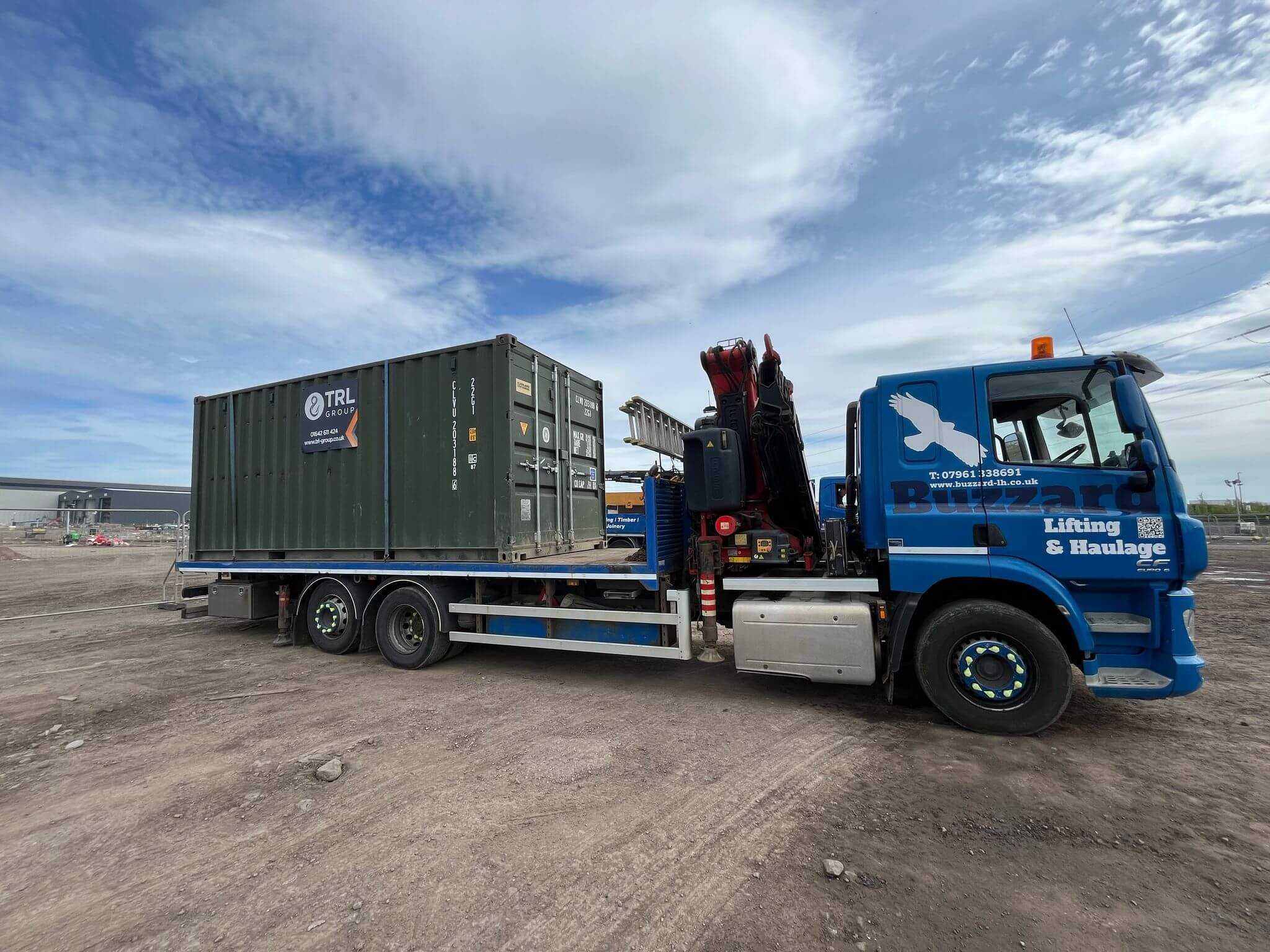What is a HIAB? Everything You Need to Know
In the realm of heavy lifting and logistics, the term "HIAB" is frequently mentioned. But what exactly is a HIAB, and why has it become so integral to industries requiring the movement of heavy loads? This blog post aims to demystify the concept of HIAB, explaining its origins, functionalities, and the different types available.
Origins of the HIAB
The term "HIAB" is often used generically to refer to lorry-mounted cranes, but it actually stems from a specific brand. HIAB is a brand name derived from the Swedish company Hydrauliska Industri AB, which pioneered hydraulic truck-mounted cranes. The innovation was revolutionary, as it combined a crane with a truck, allowing for unprecedented mobility and versatility in lifting and transporting heavy loads.
Types of HIAB Cranes
HIAB cranes come in various types, each designed for specific applications. The two main types are rigid and articulated cranes.
Rigid Boom HIAB Cranes
Rigid HIAB cranes are characterized by their straight, non-bending boom. These cranes are ideal for tasks that require lifting heavy loads directly up and down without much need for lateral movement. The rigid design provides excellent stability and strength, making these cranes suitable for lifting tasks such as moving heavy industrial machinery, large containers, and other bulky items. Rigid HIAB cranes are commonly used in industries where the lifting tasks are straightforward and do not require complex maneuvering.
Articulated Boom HIAB Cranes
Articulated HIAB cranes, also known as knuckle-boom cranes, have a jointed boom that allows for greater flexibility and manoeuvrability. These cranes are highly versatile, capable of performing complex lifting tasks that require precise positioning and movement in tight spaces. The articulated design enables the crane to reach over obstacles and position loads with precision, making them ideal for construction sites, urban environments, and other scenarios where space is limited. Articulated HIAB cranes are preferred for tasks such as placing building materials on rooftops, handling delicate equipment, and accessing hard-to-reach areas.
Types of HIAB Trailers
In addition to the types of cranes, HIAB setups can also differ based on the types of trailers they are mounted on. The two primary types of trailers are rigid and articulated.
Rigid Trailers
Rigid trailers are single-unit vehicles without a separate trailer. The crane is mounted directly onto the chassis of the truck. This type of setup is typically used for shorter, less complex hauls where maneuverability and compactness are more important. Rigid trailers are easier to navigate through tight spaces and urban environments, making them ideal for deliveries and operations within city limits.
Articulated Trailers
Articulated trailers consist of a cab and a separate trailer, connected by a pivot point. This setup allows for greater flexibility and load capacity, as the trailer can move independently of the cab. Articulated trailers are ideal for long-distance hauls and larger loads, providing the ability to navigate tighter turns and varied terrain. The separation between the cab and trailer allows for more efficient distribution of weight, making articulated trailers suitable for heavy-duty lifting and transport operations.
Applications of HIAB Cranes
HIAB cranes are utilized across a wide range of industries due to their versatility and efficiency. Here are some of the most common applications:
Construction: In the construction industry, HIAB cranes are used to transport and lift materials such as steel beams, concrete blocks, and scaffolding. Their ability to navigate tight construction sites makes them invaluable for building projects.
Logistics and Transport: HIAB cranes play a crucial role in logistics, aiding in the loading and unloading of heavy goods. They are commonly used at ports, warehouses, and distribution centers to handle containers, machinery, and other bulky items.
Forestry: In the forestry industry, HIAB cranes are employed to load and unload timber. Their hydraulic power and precise control make them ideal for handling logs and other forest products.
Waste Management: HIAB cranes are used in waste management to lift and transport large waste containers. Their versatility allows them to handle various types of waste, including construction debris, scrap metal, and household waste.
Emergency Services: HIAB cranes are also utilized by emergency services for tasks such as vehicle recovery and disaster response. Their ability to lift and move heavy objects quickly and safely is invaluable in emergency situations.
Conclusion
In summary, a HIAB crane is a versatile and efficient piece of equipment that combines lifting and transport capabilities in one package. Originating from the innovative minds at Hydrauliska Industri AB, these cranes have revolutionized industries by providing mobility, efficiency, and precision. Whether you need to lift heavy industrial machinery, transport large containers, or handle delicate materials, a HIAB crane offers the flexibility and power required for the job.
By understanding the different types of HIAB cranes, such as rigid and articulated models, as well as the types of trailers, you can choose the right equipment for your specific needs. The advantages of using a HIAB, including versatility, efficiency, and safety, make it an invaluable asset across various industries. As technology continues to advance, HIAB cranes will undoubtedly remain at the forefront of lifting and transport solutions, driving progress and innovation in the field.
At Buzzard Lifting & Haulage, we specialize in providing top-quality HIAB hire services. Our skilled operators and state-of-the-art equipment ensure that your lifting and transport needs are met with precision and reliability. Contact us today to learn more about our HIAB hire services and how we can assist with your projects.




